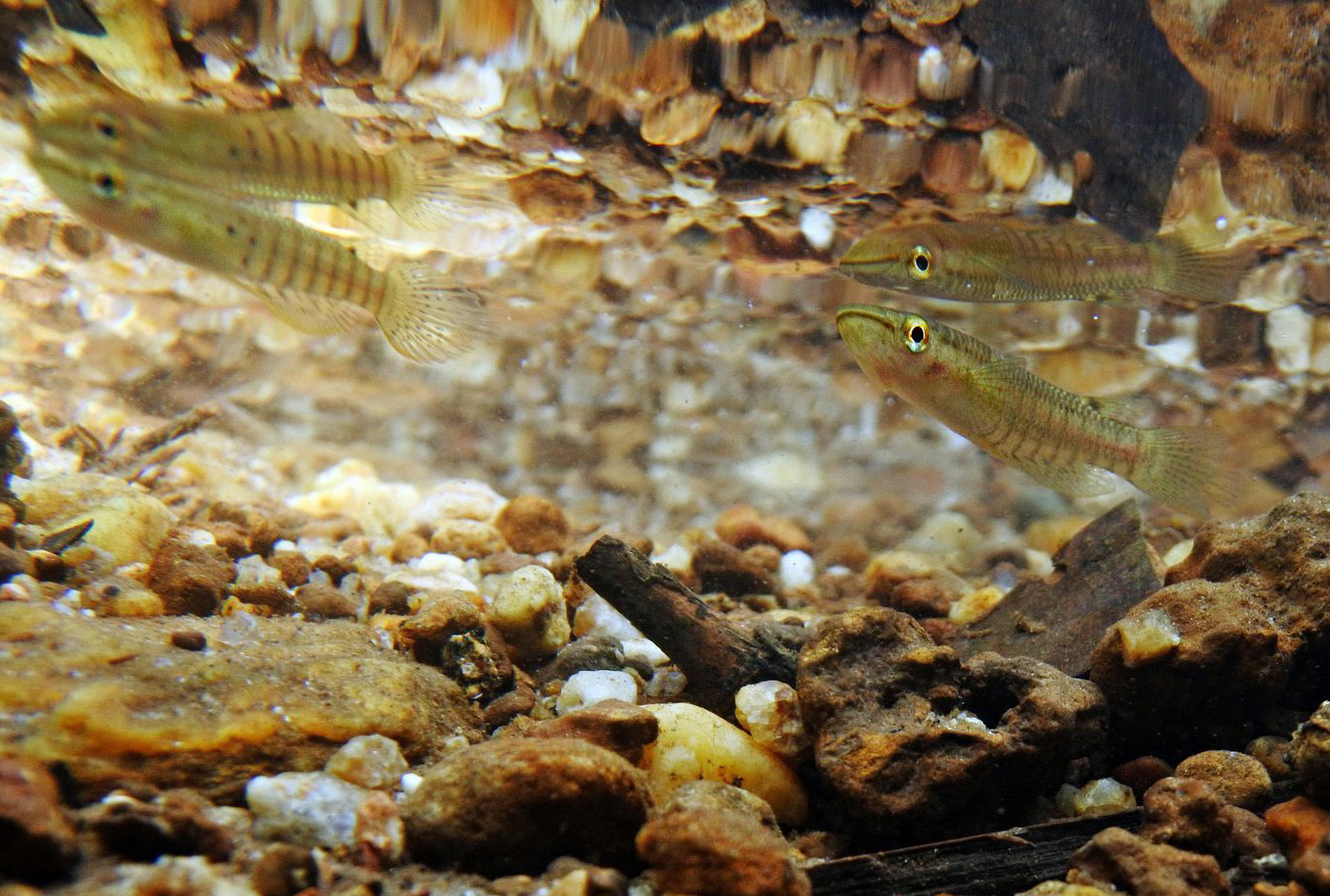Non-seasonal killifish from Asia
Table of contents
- Asian killifishes and their relatives
- Breeding Asian killifishes in the aquarium
- Origin and distribution area of the killifish
- Killifishes for the aquarium from Asia - an (incomplete) species overview
For general information on keeping killifish in the aquarium, see our main article "Keeping and breeding killifish in the aquarium". This blog article is about egg-laying toothcarps, which originally come from Asia.
Asian killifishes and their relatives
Only the Kilifish of the genus Aplocheilus originate from Asia. There, these small freshwater fish, which are often kept as ornamental fish in aquariums, live in waters that usually hold water permanently and dry out only very briefly. Killis from Asia are therefore classified as non-native egg-laying toothcarps.
Some sources also include the rice fish of the genus Oryzias among the Asian killifishes, although strictly speaking this is a sister group - Oryzias are, taxonomically speaking, horned pike, not tooth carps.
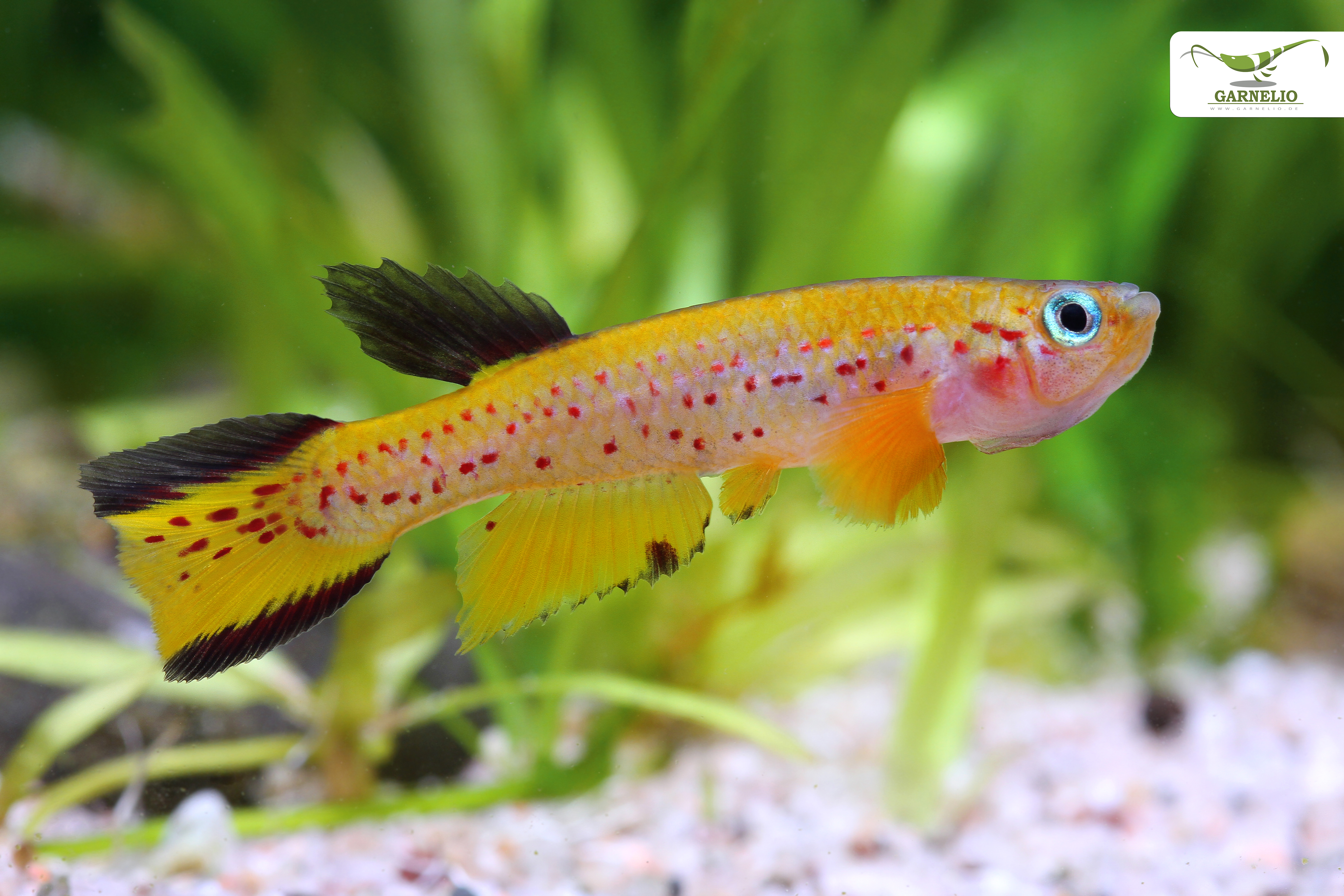
Breeding Asian killifishes in the aquarium
The egg-laying toothcarps of the genus Aplocheilus from Asia can for the most part be bred in the aquarium without problems and without much effort. The eggs do not need a resting phase during which they would have to be stored moist in peat, but mature in the water without any problems.
In a community aquarium or even in a species aquarium, depending on the voracity of the adult fish and the planting and set-up, there are often not many young fish that grow up. If you want to reliably raise young killies from Asia, you should therefore use a separate rearing aquarium.
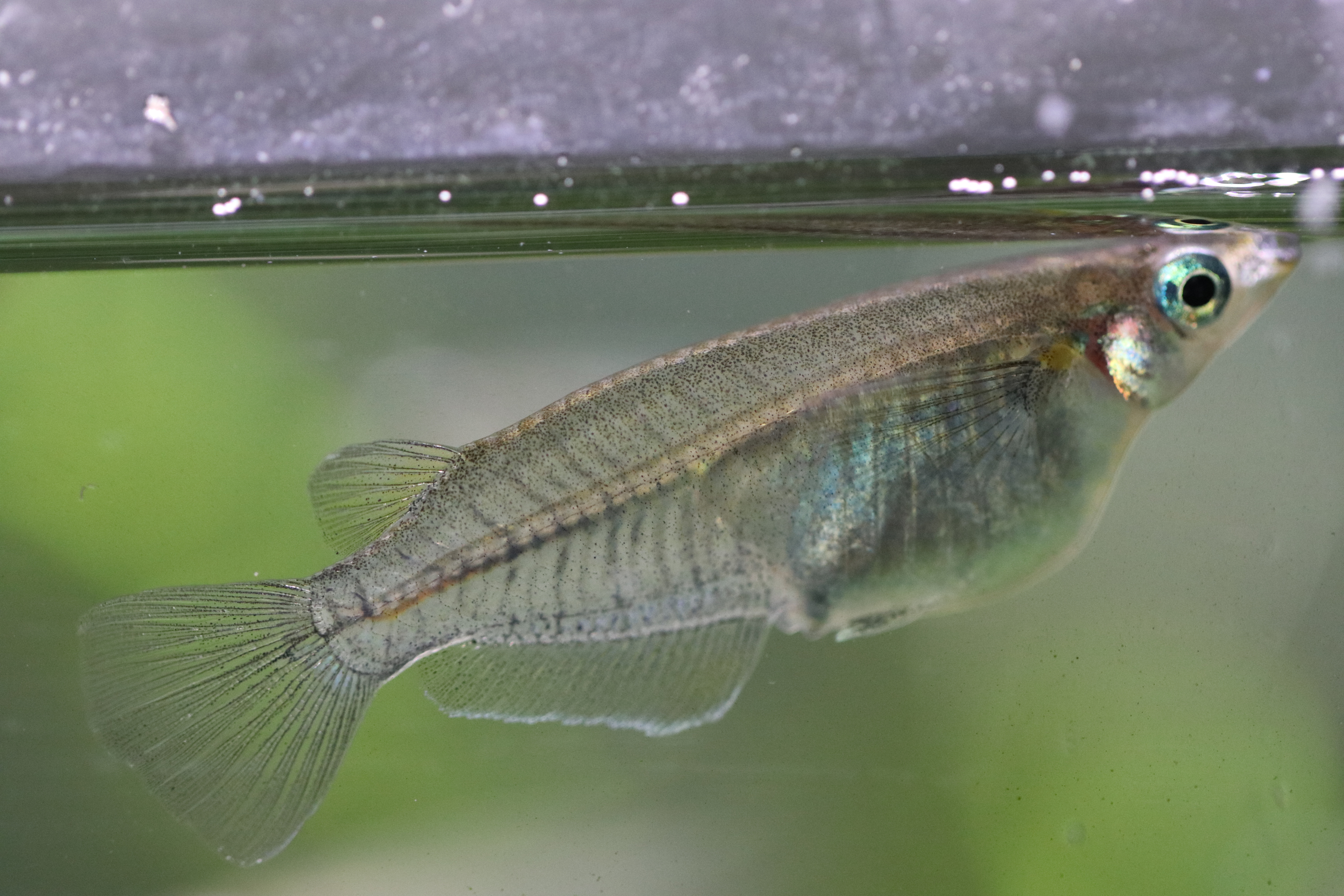
Raising Asian killifish in a separate rearing tank
Depending on the species you are keeping, the rearing tank should be somewhat smaller than the tank you are keeping. For dwarf forms, a 30-litre aquarium is sufficient - this is not about keeping them permanently, but only about selective mating and the subsequent rearing of the young fish! For larger killies, choose a correspondingly larger breeding aquarium of 50 to 60 litres.
Setting up the breeding aquarium
Peat fibres or moss cushions on the substrate invite the killifish to spawn. A breeding aquarium without substrate is easier to keep clean - here you can simply vacuum up uneaten food from the bottom. A few small aquarium snails will help you keep the breeding tank clean. With regard to the water values, orientate yourself on the needs of the killies you want to breed.
Conditioning the breeding pairs
To get the breeding pairs in the mood to mate, do a large water change with slightly cooler, softer water over several days. During this time, feed the fish generously, preferably with rich live food. Black mosquito larvae have been shown to be very effective in conditioning killifish for breeding.
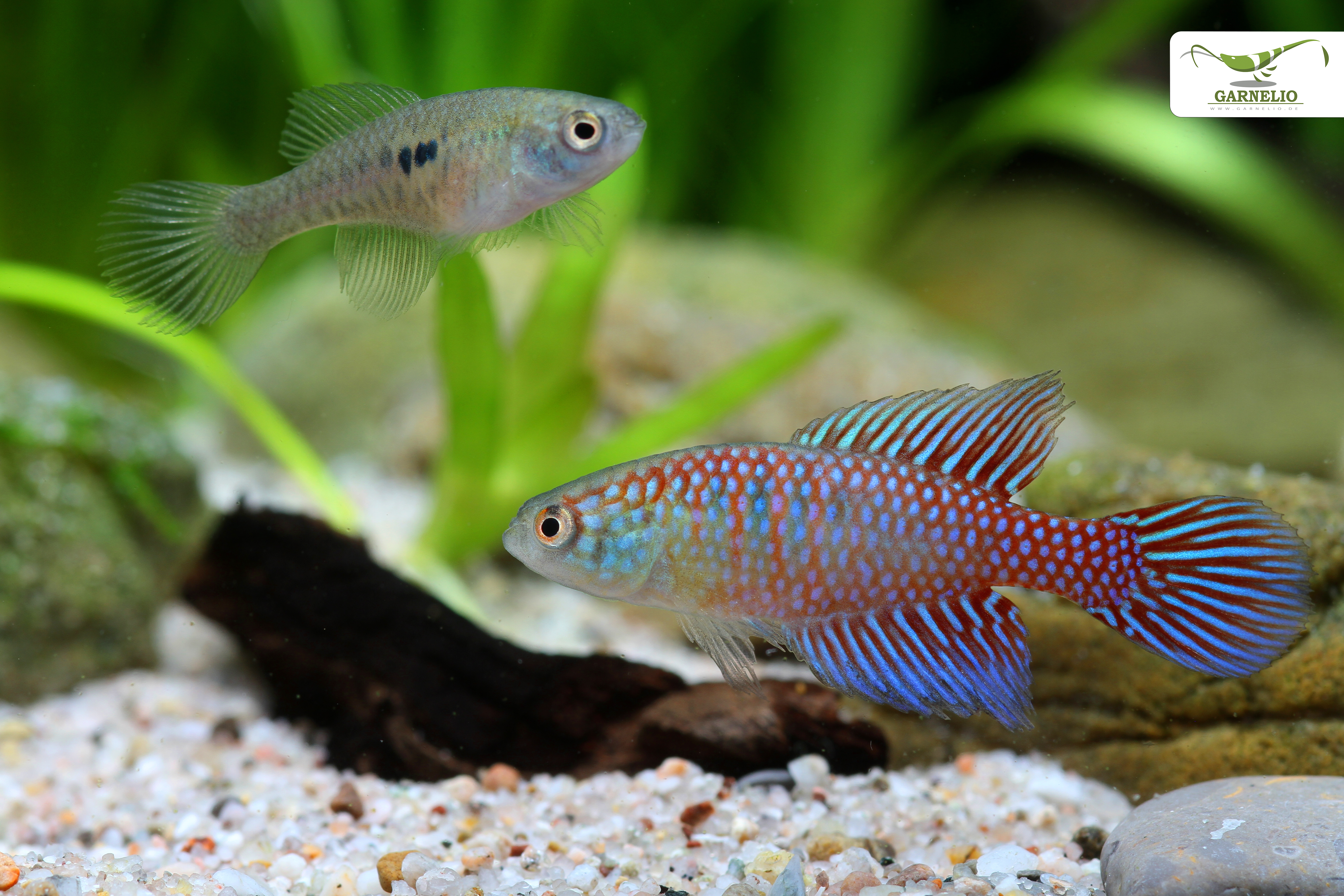
Spawning and rearing of young killifish
In general, many species of fish in aquariums like to spawn in the early hours of the morning. When courtship and mating have finished, you should return the breeding pair from the spawning tank to its original aquarium - killies like to prey on young fish and often do not give their own offspring a wide berth.
After hatching, the young fish initially have a yolk sac which they feed on. Once it is used up and the fish larvae begin to swim free, you can feed them more. For very small killifish species, slipperfish and infusoria are suitable as initial food, larger fry can be raised from the beginning with freshly hatched Artemia nauplii.
Killifishes for the aquarium from Asia - an (incomplete) species overview
Aplocheilus blockii - Dwarf Pikelet, Madras Pikelet: The Dwarf Pikelet is one of the smallest egg-laying toothcarps from Asia. It only grows up to 3 cm. Aplocheilus blockii has another, slightly differently marked variant, Aplocheilus cf. blockii
Recommended water values: GH 4 to 10, KH 0 to 8, pH 6 to 7, temperature 18 to 24 °C
Recommended aquarium size: from 60 cm edge length
Recommended group size: at least 10 animals.
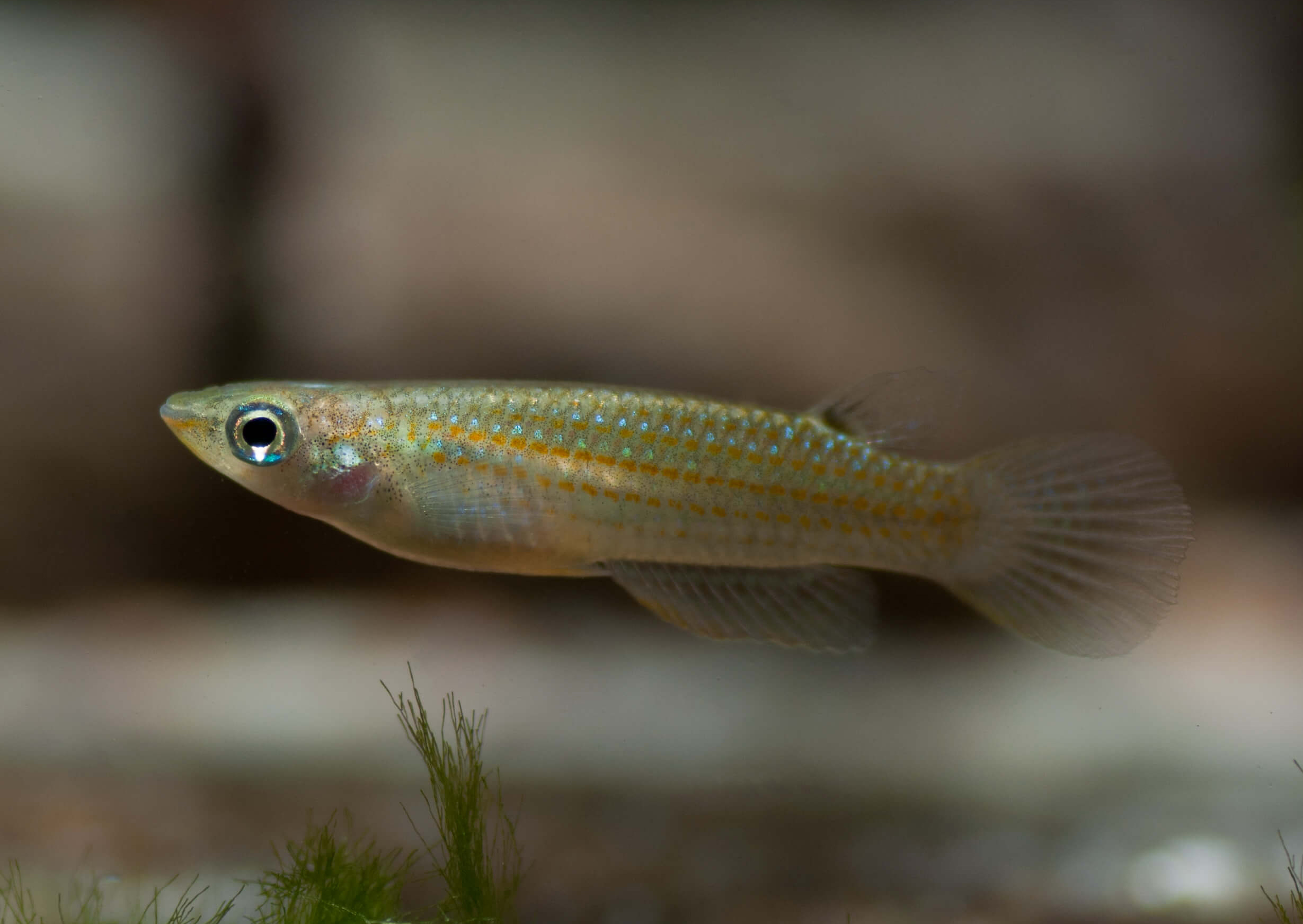
Aplocheilus lineatus - Striped Pikelet: The Striped Pikelet is probably the most beautiful Killifish species from Asia. The pikelet grows up to 10 cm. There is a golden variant of Aplocheilus lineatus, the Gold Striped Pike.
Recommended water values: GH 2 to 25, KH 1 to 12, pH 6 to 7.5, temperature 22 to 28 °C
Recommended aquarium size: from 100 cm edge length
Recommended group size: at least 3-5 animals.
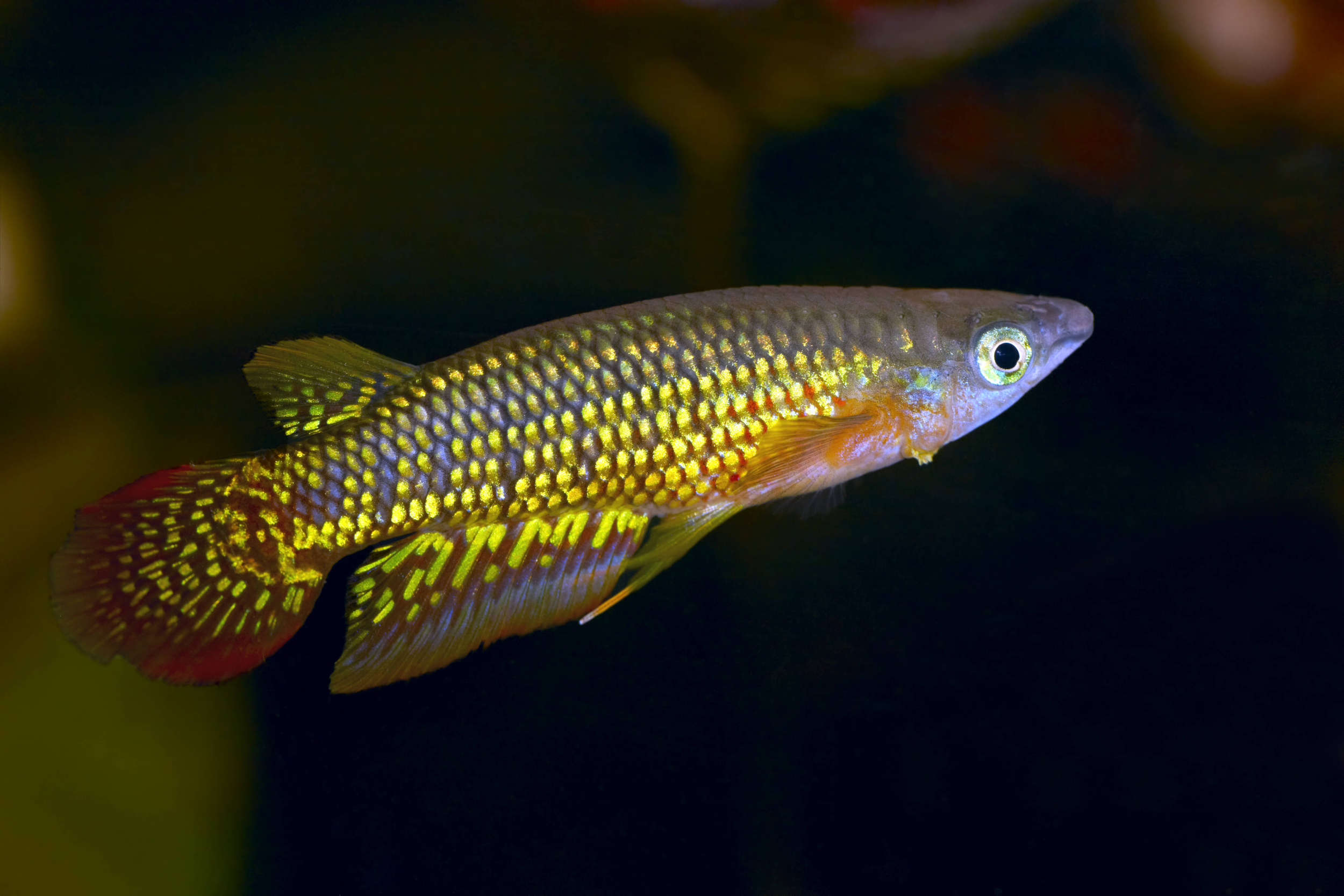
Aplocheilus dayi dayi - Green Striped Pike: The Green Striped Pike is closely related to the Killifish Aplocheilus lineatus from Asia and was long considered a subspecies. This pike from Sri Lanka only grows up to 7 cm.
Recommended water values: GH 4 to 10, KH 0 to 8, pH 6 to 7, temperature 18 to 24 °C
Recommended aquarium size: from 80 cm edge length
Recommended group size: at least 5 individuals
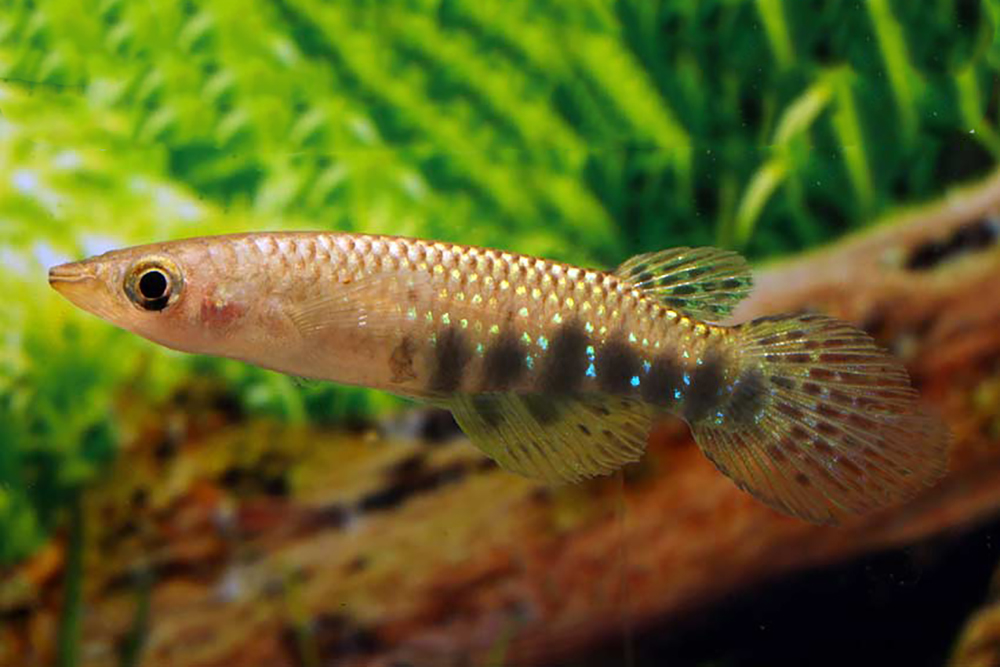
Aplocheilus panchax - Blue pike, Panchax: The blue pike with its metallic sheen from Asia lives in freshwater and also in brackish water in its native country. The Panchax only grows up to 8 cm and is about 4 years old.
Recommended water values: GH 10 to 30, KH 5 to 20, pH 7 to 8.5, temperature 24 to 28 °C
Recommended aquarium size: from 60 cm edge length
Recommended group size: at least 3-5 animals
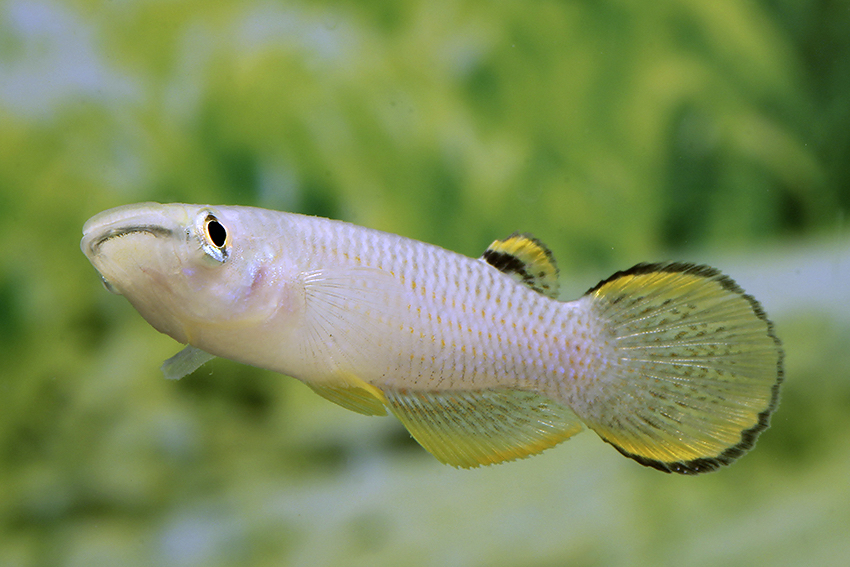
Aplocheilus sp. "Manipurensis" - Redfin Pikelet: The redfinpikelet does not grow to the size of a species and does well in soft to hard water.
Recommended water values: GH 8 to 25, KH 5 to 20, pH 6.5 to 7.5, temperature 22 to 28 °C
Recommended aquarium size: from 80 cm edge length
Recommended group size: at least 3-5 animals.
